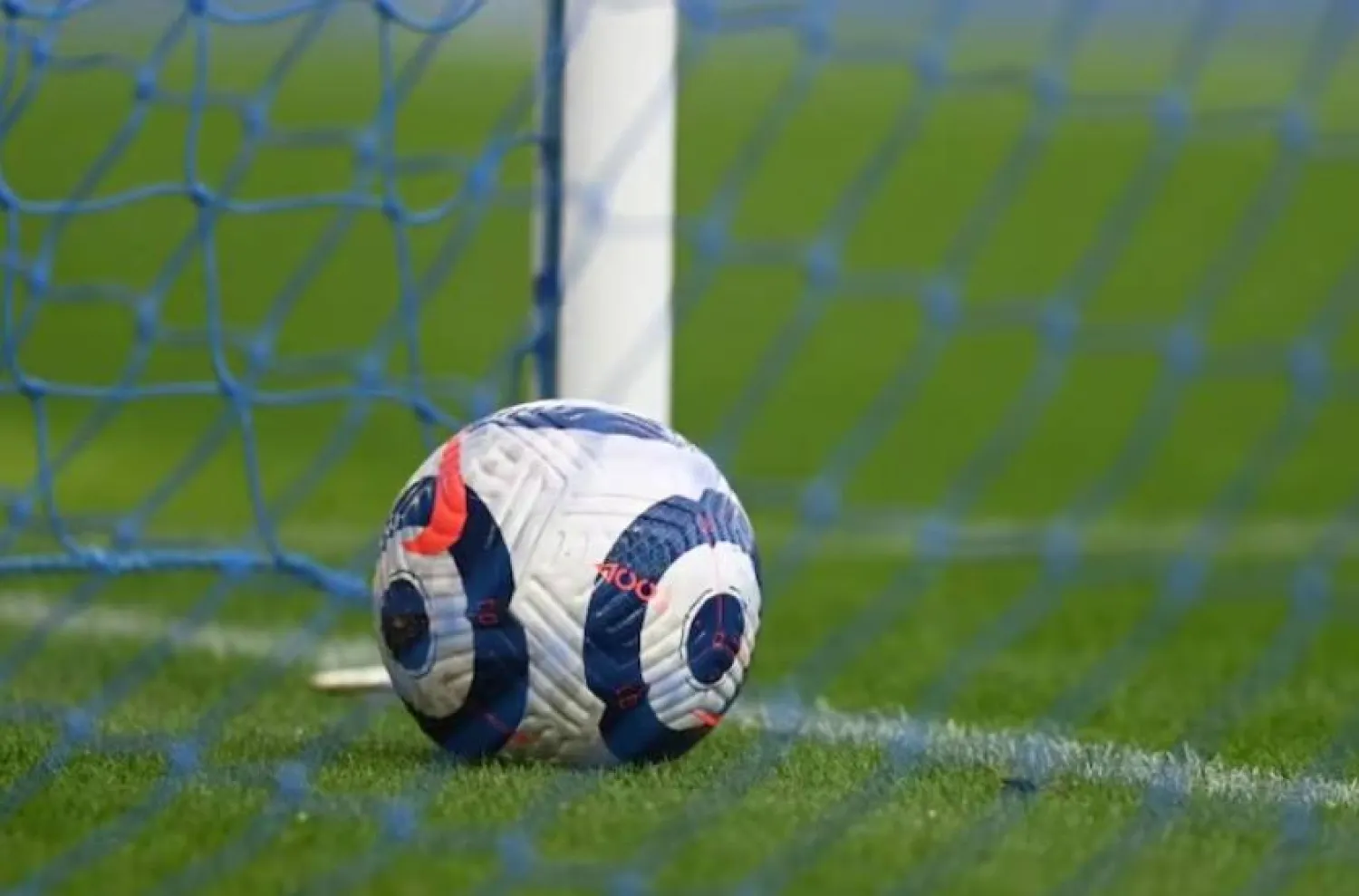Algeria's Imane Khelif, who won Paris Olympics boxing gold amid a gender-eligibility row, is determined to defend her title at the 2028 Los Angeles Games and says she will not be intimidated by US President Donald Trump.
Trump signed an executive order banning transgender women from female sports in the United States last month and called Khelif "a male boxer" in his speech after signing the order.
"I will give you a straightforward answer, I am not transgender," she told ITV in an interview.
"This does not concern me, and it does not intimidate me."
Khelif said she dreamed of retaining her title in California.
"Second gold medal, of course. In America, Los Angeles ... I (will) defend with everything this gold medal," she said.
"I believe that if the old Imane operated at 50% of her potential, then the Imane Khalif of today is even more motivated and determined."
Khelif was disqualified by the International Boxing Association at the 2023 world championships after a test that the body said rendered her ineligible to fight as a woman on the grounds of gender.
The IBA lost its Olympic recognition over governance issues, however, and the International Olympic Committee cleared Khelif to compete in Paris, aggressively defending its position after heavy criticism.
A rival body to the IBA, World Boxing, was given provisional recognition as the international governing body of the sport last month.
The recommendation still requires final approval by the IOC at its session in Greece and outgoing President Thomas Bach said he was confident the session would approve it.
"At this point, I can say that the IBA is a thing of the past," Khelif said. "As we say in Algeria, those who have nothing to hide should have no fear."
"I hope the next president of the IOC leads with true sportsmanship, stays committed to Olympic principles, and upholds the values of fair play," she said.









